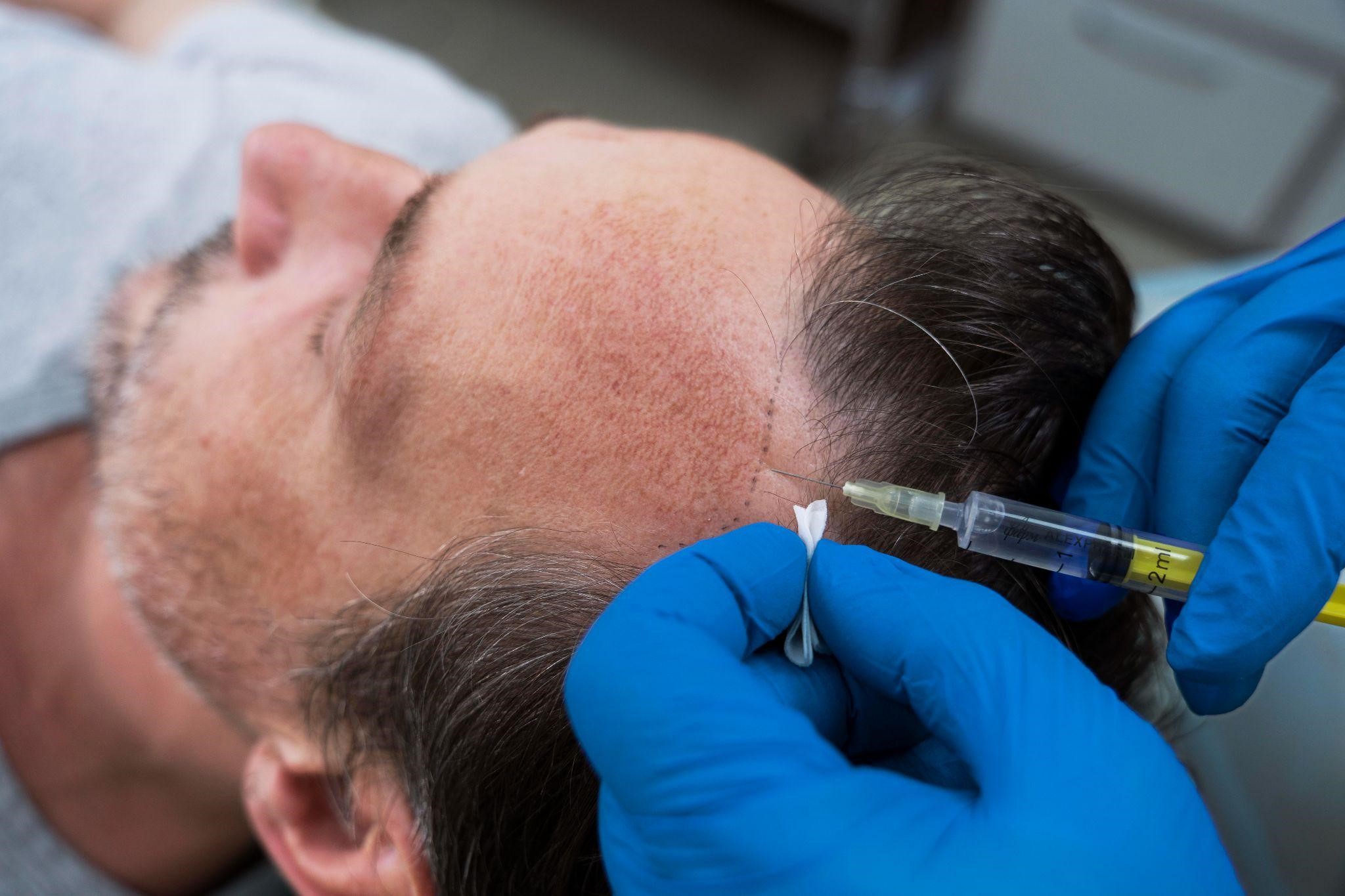Hair loss can be a frustrating and confidence-damaging experience for many people. Hair transplant surgery has been the traditional option for restoring hair growth, but it comes with significant costs, risks, and downtime. Non-surgical hair transplant techniques, however, are emerging as a promising alternative that can provide effective results with fewer complications and less recovery time.
What is Non-Surgical Hair Transplant?
Non surgical hair transplant refers to a range of techniques that stimulate hair growth without surgery. These techniques are often less invasive than traditional hair transplant procedures and use advanced technology to deliver hair growth-promoting treatments to the scalp.
One of the most popular non-surgical hair transplant techniques is called Platelet-Rich Plasma (PRP) therapy. In this procedure, a patient’s blood is drawn, and the platelet-rich plasma is separated out. This platelet-rich plasma is then injected into the scalp to stimulate hair growth. The procedure is relatively painless, and patients can resume their normal activities immediately after the treatment.
Another non-surgical hair transplant technique is Low-Level Laser Therapy (LLLT). This treatment involves exposing the scalp to low-level laser light, which stimulates hair follicles to grow. LLLT is painless and does not have any significant side effects, making it a popular choice for those seeking non-surgical hair restoration.
The Future of Hair Restoration
Non-surgical hair restoration techniques are gaining in popularity, and it’s easy to see why. These procedures offer several advantages over traditional hair transplant surgery, including:
- Minimal discomfort and downtime: Non-surgical hair transplant procedures are less invasive than traditional surgery, which means patients experience less pain and can return to their regular activities more quickly.
- Lower cost: Non-surgical hair transplant techniques are often more affordable than surgical hair transplant procedures.
- Fewer risks: Traditional hair transplant surgery carries a risk of infection, scarring, and other complications. Non-surgical hair transplant techniques are generally safer and have fewer risks.
- Natural-looking results: Non-surgical hair transplant techniques can deliver natural-looking results that are virtually indistinguishable from traditional hair transplant procedures.
As technology continues to advance, non-surgical hair transplant techniques are only going to get better. New treatments and procedures are emerging that promise even better results with fewer risks and less downtime.
In conclusion, non-surgical hair transplant techniques are an exciting development in the field of hair restoration. They offer a less invasive, less costly, and less risky alternative to traditional hair transplant surgery. With continued research and development, non-surgical hair transplant procedures are likely to become even more effective and widely available in the coming years.


